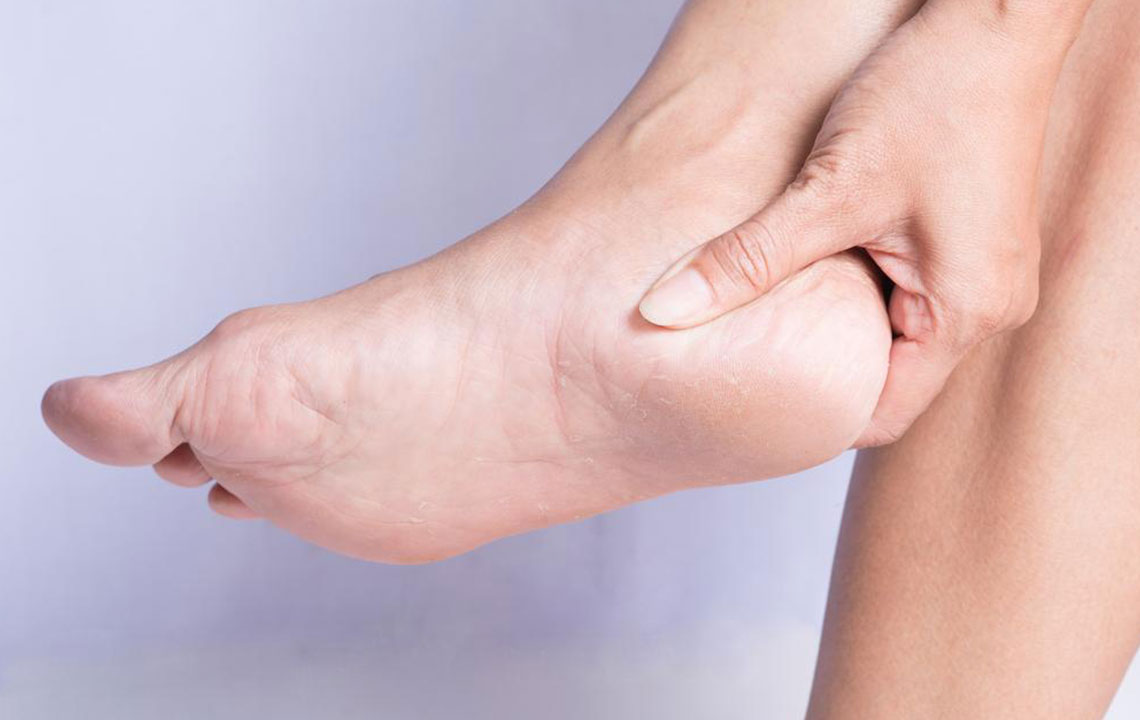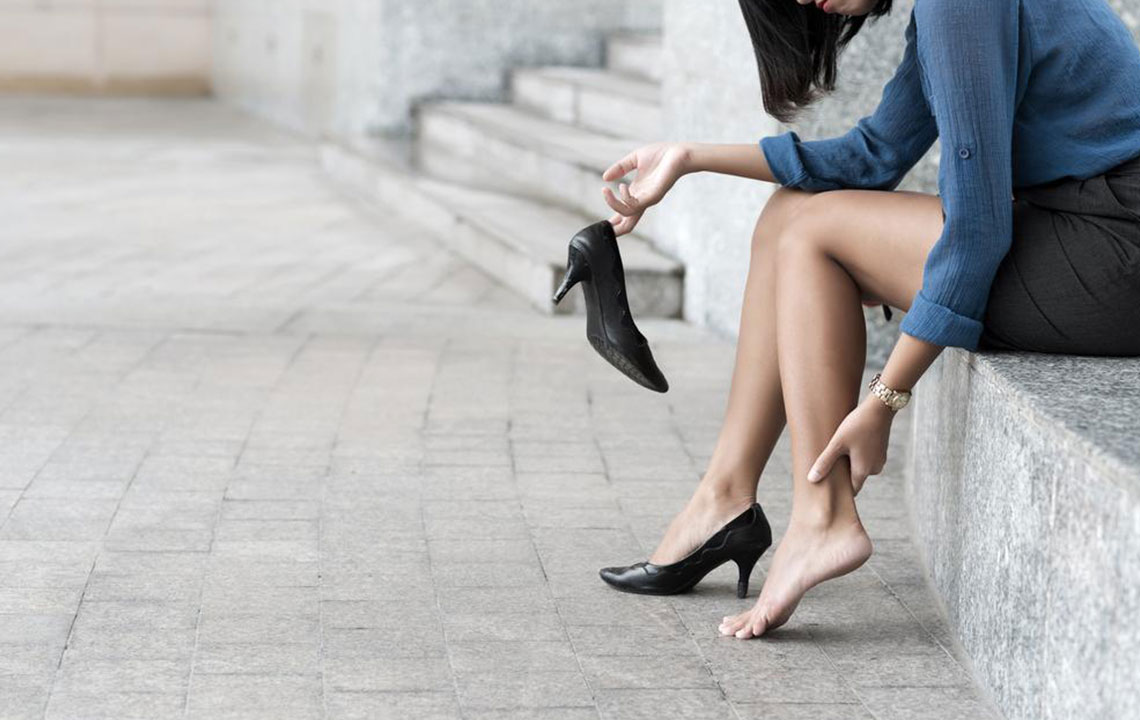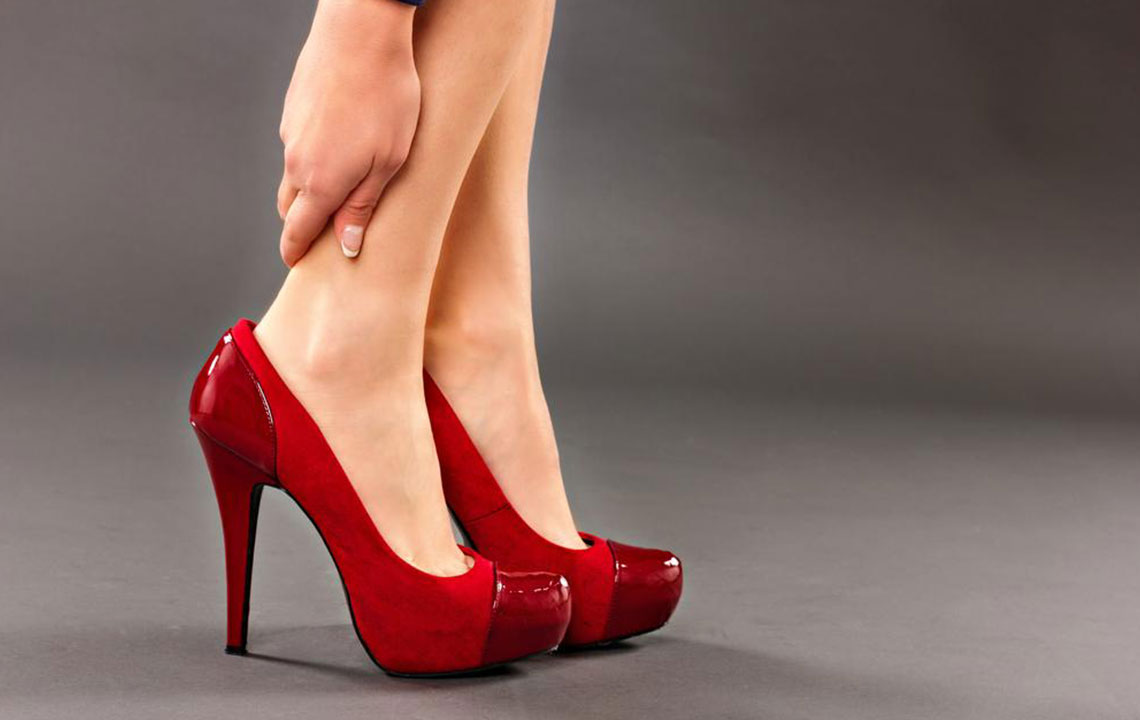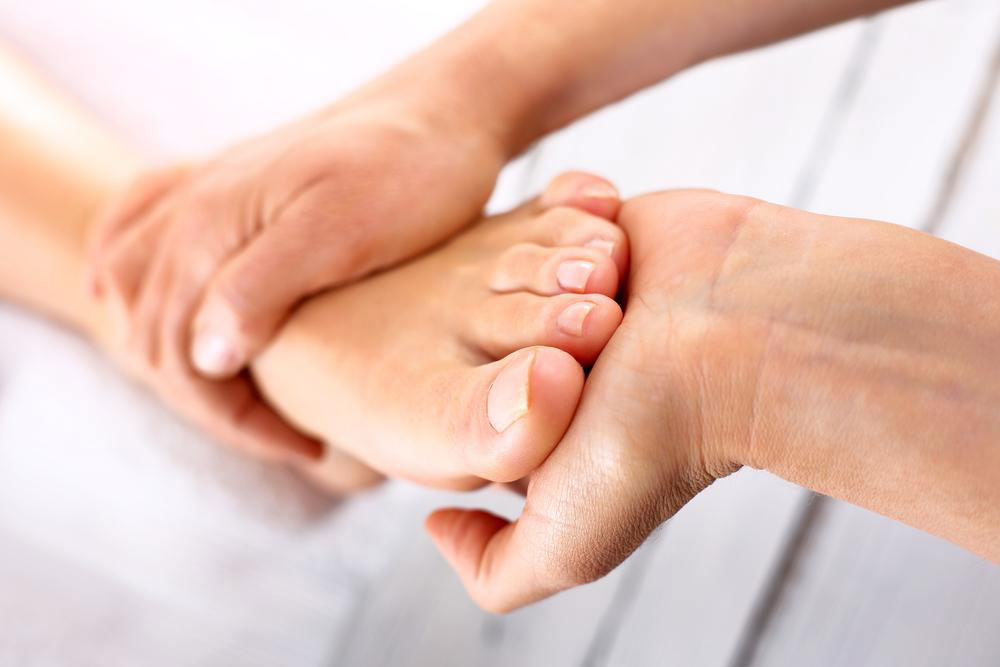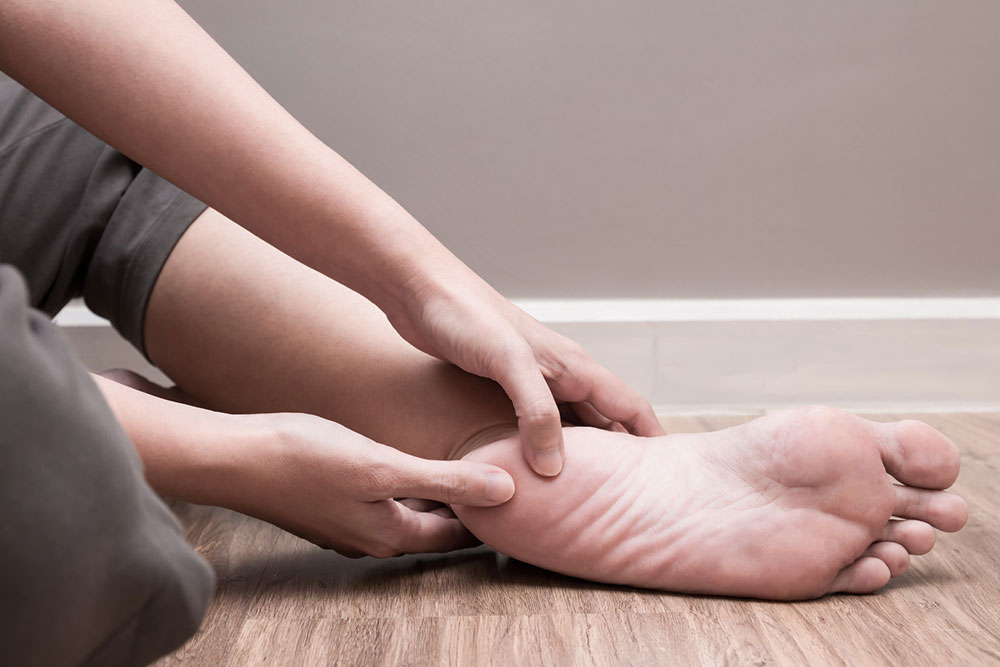Understanding Heel Pain: Symptoms and Approaches to Relief
Heel pain, especially at the back of the foot, can stem from various underlying conditions like Achilles tendinitis, bursitis, or Haglund's deformity. Treatment options include lifestyle adjustments, physical therapy, medication, and surgical interventions when necessary. Proper diagnosis by a healthcare professional is essential for effective management and to prevent complications associated with heel discomfort.

Understanding Heel Pain: Symptoms and Approaches to Relief
Heel discomfort, especially at the back of the foot, is a widespread issue affecting people worldwide. Generally harmless, it remains the leading cause of foot pain. Posterior heel pain commonly impacts the rear or underside of the heel, with several possible causes. This pain can hinder walking, running, and standing, often worsened by wearing tight footwear. It is more prevalent among the elderly and those carrying extra weight. Symptoms like swelling, tenderness, redness, and pain tend to intensify with activity or prolonged standing.
Heel pain is not a standalone diagnosis but usually indicates underlying conditions such as plantar bursitis or Achilles tendinitis. Treatment focuses on identifying and addressing the root cause through medication, physiotherapy, and home-based remedies.
The main causes of posterior heel pain include conditions like insertional Achilles tendinitis, retrocalcaneal bursitis, and Haglund's deformity—collectively known as the 'terrible triad.'
Insertional Achilles Tendinitis occurs when repetitive strain weakens the Achilles tendon, especially at its attachment point in the heel called the calcaneus. This leads to inflammation, swelling, redness, and in chronic stages, calcification with bone-like deposits.
Retrocalcaneal Bursitis involves inflammation of fluid-filled sacs (bursae) located near the Achilles tendon, resulting in swelling and tenderness. Sometimes enlarged bursae are visible as lumps on the heel’s back.
Haglund’s Deformity presents as a bony bump at the heel’s back, often caused by friction from tight or rigid shoes, irritating surrounding tissues and causing discomfort.
Other causes include Tarsal Tunnel Syndrome, Plantar Fasciitis, peripheral neuropathy, and stress fractures.
Effective heel pain management includes various strategies:
Heel or shoe lifts to reduce pressure on the Achilles tendon
Stretching exercises for the Achilles and calf muscles
NSAIDs to reduce inflammation and pain
Weight loss to lessen load on the heel
Surgical options when conservative treatments fail, involving removal of deformities or inflamed tissues
Lifestyle modifications, such as wearing properly fitted supportive shoes and avoiding overuse
Consult a healthcare professional for an accurate diagnosis to initiate appropriate treatment, preventing further complications.

